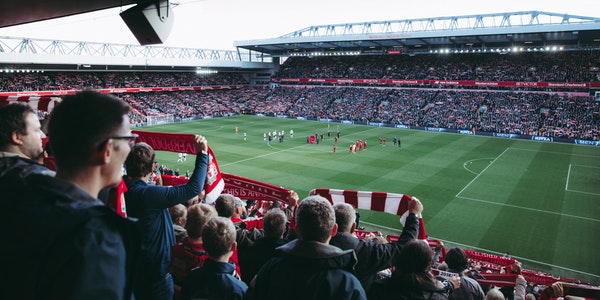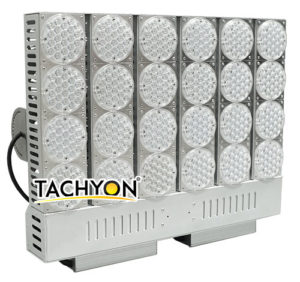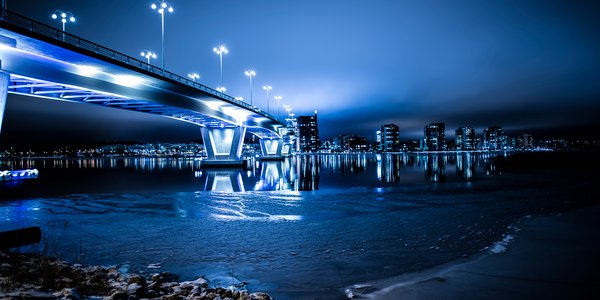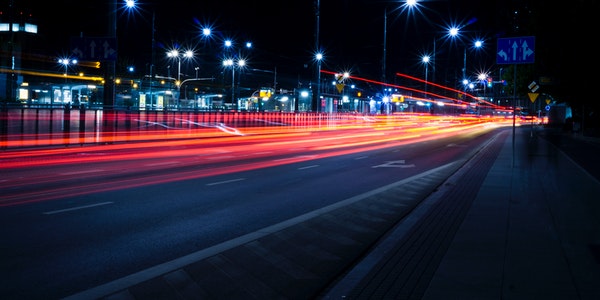The following are several factors that outdoor lighting designers must consider when designing outdoor LED lamps——
-
The working environment of outdoor LED lamps that outdoor lighting designers must consider
Due to the complex working environment of LED outdoor lighting, it is affected by natural conditions such as temperature, ultraviolet rays, humidity, rain, sand, and chemical gases. Over time, it will cause serious LED light decay problems. Therefore, in the final consideration, outdoor lighting designers should consider the impact of these external environmental factors on LED outdoor lighting fixtures when designing.
-
Matters needing attention in the selection of heat dissipation materials for outdoor LED lamps
The shell and the heat sink are designed as a whole to solve the heating problem of the LED. This method is better. Generally, aluminum or aluminum alloy, copper or copper alloy, and other alloys with good heat conduction are used. Heat dissipation includes air convection heat dissipation, strong wind cooling heat dissipation and heat pipe heat dissipation. (Air jet cooling is also a kind of heat dissipation similar to heat pipe heat dissipation, but the structure is more complicated.)
The choice of heat dissipation method has a direct impact on the cost of the lamp. It should be considered comprehensively, and the best solution should be selected in conjunction with the designed product.
The design and selection of the lampshade is also very important. Currently used transparent plexiglass, PC materials, etc., the traditional lampshade is a transparent glass product. The choice of material for the lampshade is related to the product grade and positioning of the design. Generally speaking, the lampshade of outdoor lamps is best made of traditional glass products, which is the best choice for manufacturing long-life, high-end lamps. The lampshade made of transparent plastic, plexiglass and other materials is better for indoor lamps, but it has a limited life when used outdoors. The aging life of the lampshade is shortened due to factors such as outdoor sunlight, ultraviolet rays, sand and dust, chemical gases and changes in temperature between day and night. . Secondly, it is contaminated and difficult to clean, which reduces the transparency of the lampshade and affects the light output.
-
Packaging technology of outdoor LED chips
At present, most of the LED lamps (mainly street lamps) produced internationally are assembled with multiple 1W LEDs in series and parallel. This method has higher thermal resistance than products with advanced packaging technology, and it is not easy to produce high-quality lamps. Or use 30W, 50W or even larger modules to assemble to achieve the required power. The packaging materials of these LEDs are encapsulated with epoxy resin and encapsulated with silicone. The difference between the two is: epoxy resin encapsulation has poor temperature resistance and is easy to age over time. Silicone encapsulation has better temperature resistance, so you should pay attention to the selection when using it.
The author’s opinion is that it is better to use multi-chip and heat sink integrated packaging, or use aluminum substrate multi-chip packaging and then connect to the heat sink through phase change material or heat dissipation silicone grease, and the thermal resistance of the product is better than that of the LED device assembly. The thermal resistance of the product should be one or two less thermal resistance, which is more conducive to heat dissipation. For lamps using LED modules, the module substrate is generally a copper substrate, and the connection between it and the external radiator should use a good phase change material or a good heat dissipation silicone grease to ensure that the heat on the copper substrate can be transferred to the external radiator in time If it is not handled well, it is easy to accumulate heat and cause the temperature of the module chip to rise too high, which affects the normal operation of the LED chip. The author believes that the multi-chip package is suitable for the manufacture of general lighting lamps, and the module package is suitable for the manufacture of compact led lamps (such as the headlights of the main lighting of automobiles) where space is limited.
-
Research on the design of outdoor LED lamp radiator
The radiator is a very critical component of the LED lamp. Its shape, volume, and heat dissipation surface area must be designed appropriately. The radiator is too small and the operating temperature of the LED lamp is too high, which affects the luminous efficiency and life span. The radiator is too large. The consumption of materials will increase the cost and weight of the product, which will reduce the competitiveness of the product. Designing a suitable LED light radiator is essential. The design of the radiator has the following parts:
(1). Clarify the power that the LED lamp needs to dissipate.
(2). Some parameters for designing the heat sink: the specific heat of metal, the thermal conductivity of metal, the thermal resistance of the chip, the thermal resistance of the radiator, the thermal resistance of the surrounding air, etc.
(3) Determine the type of heat dissipation (natural convection heat dissipation, strong wind cooling, heat pipe heat dissipation, and other heat dissipation methods.) From the cost comparison: natural convection heat dissipation is the lowest cost, strong wind cooling is medium, heat pipe heat dissipation is relatively expensive, and air jet Refrigeration is the most expensive.
(4). Determine the maximum permitted operating temperature of the LED lamps (ambient temperature plus the permitted temperature rise of the lamps),
(5). Calculate the volume and heat dissipation area of the radiator. And determine the shape of the radiator.
(6). Combine the radiator and the LED lamp to form a complete lamp, and power on for more than eight hours. Check the temperature of the lamp at a room temperature of 39 ℃-40 ℃ to see if it meets the heat dissipation requirements to verify that the calculation is correct. If the conditions of use are not met, the parameters must be recalculated and adjusted.
(7). The seal between the radiator and the lampshade should be waterproof and dustproof. The anti-aging rubber pad or silicon rubber pad should be placed between the lampshade and the radiator, and the stainless steel bolts should be used to fasten it to ensure that the seal is waterproof and dustproof.
Through the above four points of attention, and then refer to the latest technical specifications for outdoor lighting fixtures issued by our country, as well as urban road lighting design standards, this is the most basic knowledge necessary for outdoor lighting designers.



